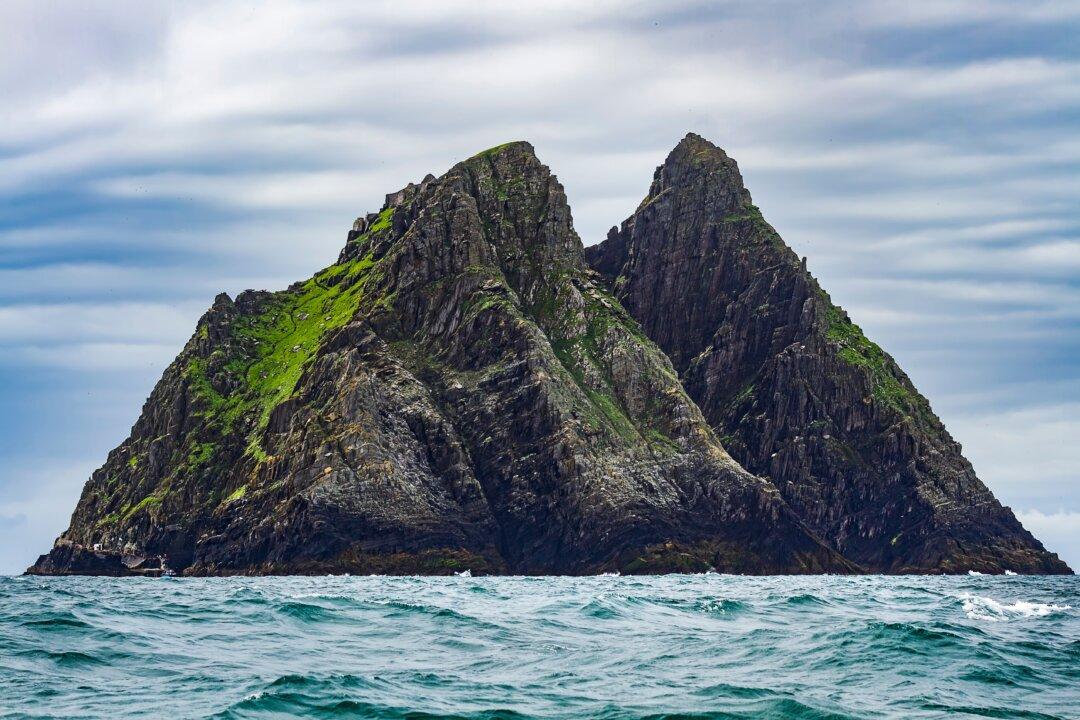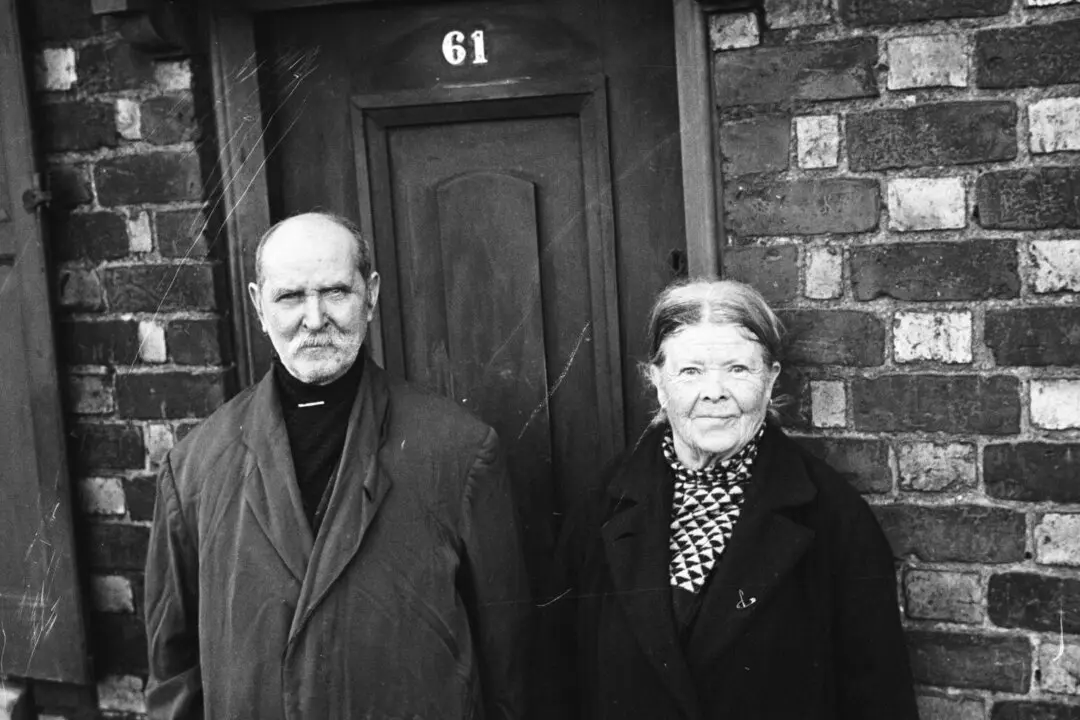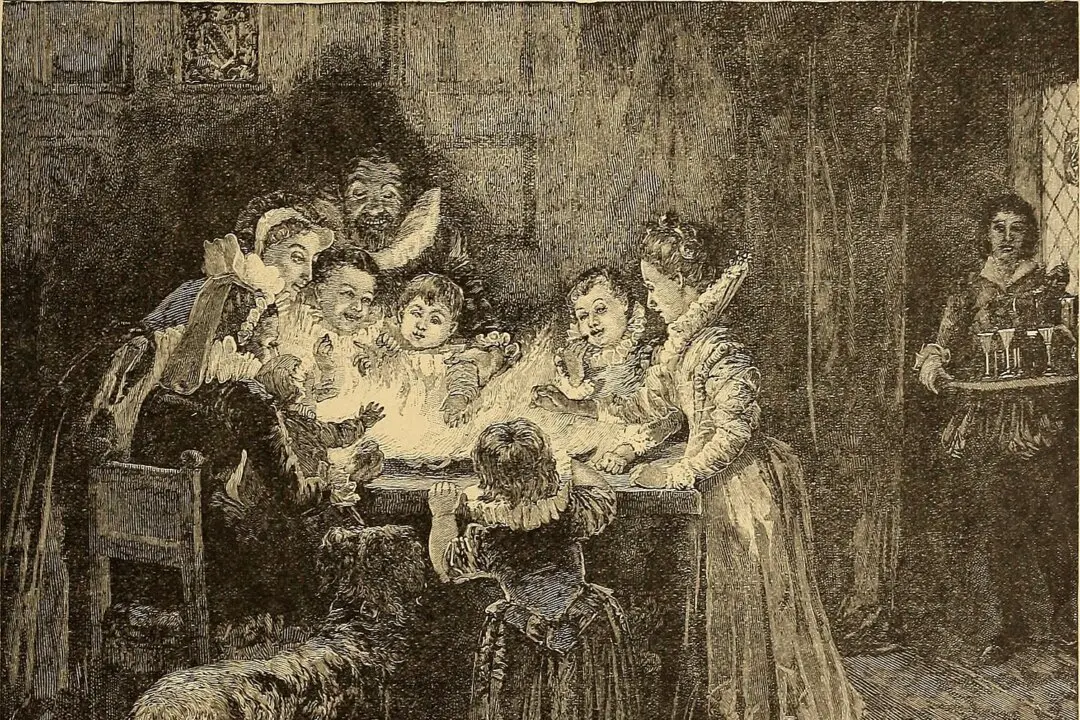In the blustery blue-green sea off the southeast coast of Ireland lies a craggy isle, thrusting up from the ocean to great heights, like Dante’s mountain of Purgatory. The spitting and seething ocean endlessly lashes its sides and its ragged ridges look almost like the backbone of a dragon. It’s a formidable sight, soaring 700 feet skyward from sea level. This is Skellig Michael, the rock of St. Michael.
Centuries of History
For about 600 years, Skellig Michael was home to a Christian monastery composed of beehive huts made with dry stone construction, remarkably well-preserved to this day. Early Christian monks believed that they could draw closer to God through living in harsh and remote environments. Being away from the distractions of world and its business afforded them greater clarity to focus on the Divine. The harsh living conditions offered the opportunity for penances to expiate their sins and detach themselves from earthly comforts, freeing the soul for God.Standing eight miles from the mainland and buffeted by strong sea winds, Skellig Michael fit the bill for an isolated and ascetic place to call home. Legend says that St. Fionan, a follower of St. Brendan the Navigator, founded the monastery at the pinnacle of the rock in the 6th century. The first written records of the isle come from the 8th century.






